Allied Air Raids Prompt a Clandestine Munitions Factory
During my recent trek out to Saitama to explore The Hundred Caves of Yoshimi, I discovered the subterranean world lurking beneath the caves kept a secret military installation. Juxtaposed with the timeless burial tombs above is a netherworld carved out of military ambition. It’s relatively secluded location in rural Saitama, some 50 km from Tokyo proper offered some hope that it would remain hidden from allied radar.
In 1945 during the closing stages of the Second World War attempts were made to establish a clandestine Nakajima Aircraft Company facility to manufacture munitions owing to air strikes by American B-29 bombers at its then Omiya facility. From mid-1944 and increasingly until the end of the war Japan was subject to strategic air raids targeted at industrial facilities and munition depots.
Excavation of the tunnel system which included three main tunnels running deep into the sandstone hills required the concerted efforts of between 3,000 and 3,500 Korean labourers requisitioned from coal mines, factories and railway construction sites across the country. Further testament to the strategic importance of the tunnels was a paid visit by then Prime Minister Kantaro Suzuki in July 1945 to oversee its progress.
Working in companies of 500, the Korean labourers undertook the dangerous task of soil and stone removal from the four metre wide tunnels after blasting along with arduous pickaxe digging. From the start of 1945 until the September when Japan surrendered, a total 6.7 km of tunnels had been dug in a grid like pattern, equating to roughly 80 percent of the planned complex. Interestingly after the war much of the tunnelling equipment including Swiss and American made machine tools were seized by US military command and transferred to the Chiang Kai-shek regime as restitution.
Needless to say this monumental engineering feat never saw the light of day so to speak with the factory not realising production. Confirmation of this expansive tunnel network is still evident with many tunnel passages gated up with only about ten percent open to the public. Walking through the tunnels certainly has an eerie quality and peeking into the dark recesses through the gated up divides provides a fleeting glimpse into their vastness.
Yoshimi War Tunnels Quick Facts:
Official name: Second munitions arsenal No.855
Construction: September 1944 to September 1945
Estimated cost: 40 million yen (1945)
Workers: 3,000 ~ 3,500
Tunnel length: 8.4 km dug in a grid pattern (6.7 km completed)
Tunnel height: 2 ~ 4 metres
Tunnel width: 4 metres
Total area: 10,000 square metres (8,000 Sq m completed)
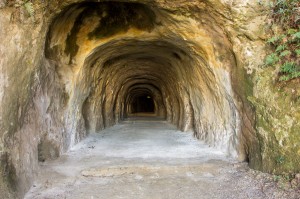
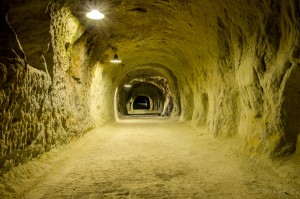
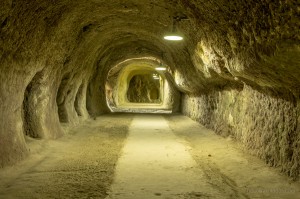
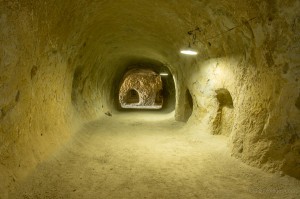
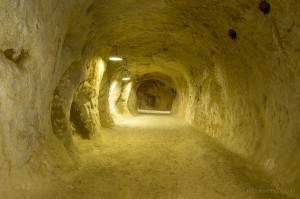
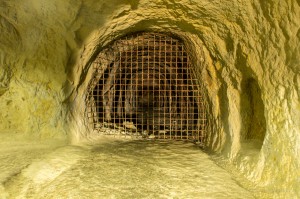
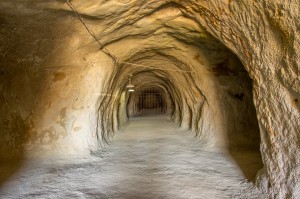
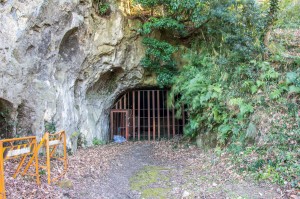
.
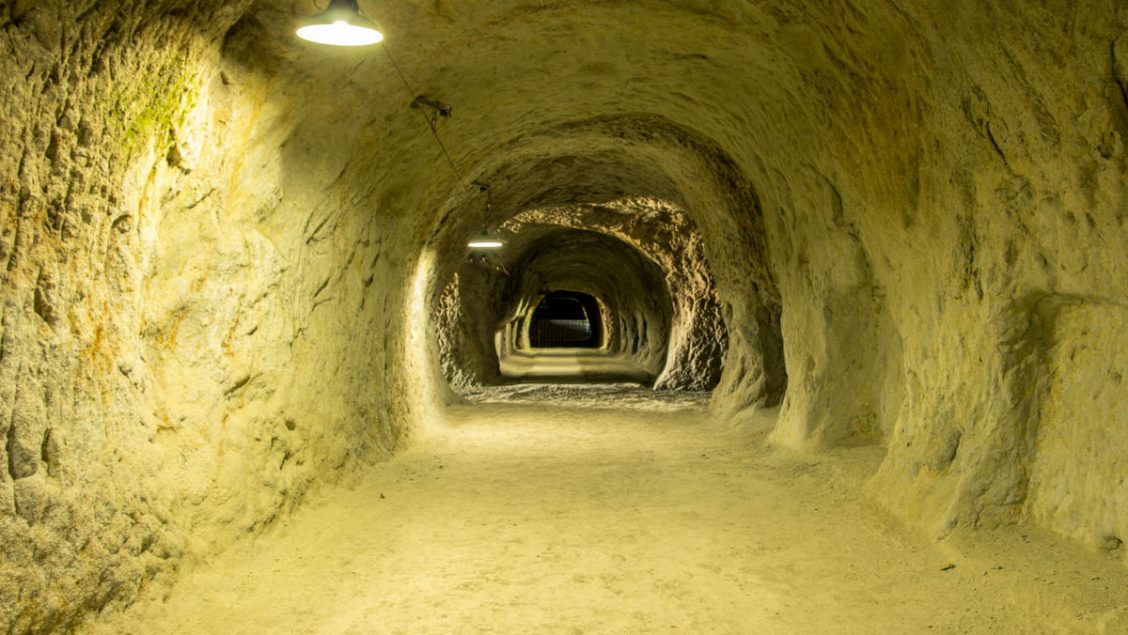
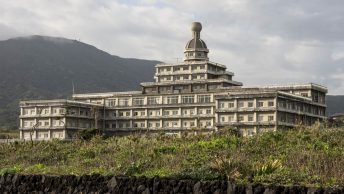
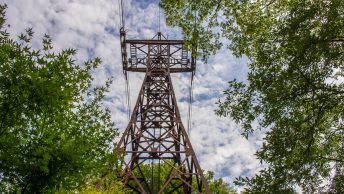

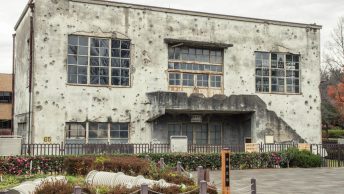
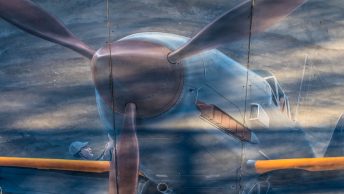

Very interesting. Are the tunnels at the same location as the burial caves?
Indeed they are – surreptitious dug in below the burial caves below.
wow that’s an interesting place to see. I’m sure it would be eerie if not walking in groups.
Interesting stuff, reminds of the Japanese tunnels I visited in Sumatra… can we just rock up and walk in to these Saitama tunnels?
Absolutely you can rock up and have a squizzy no problems with that. I think the entry fee is around 300 yen. As I mentioned in the article most of the tunnels are fenced off but if you’re looking for a day trip out of Tokyo the tunnels and Caves of Yoshimi are worth a look.
Haha, mate, your blog is giving me so many day trip ideas I think I’ll have to actually move back to Tokyo if I want to do them all! This one looks really interesting though, might try fit it in on my next visit